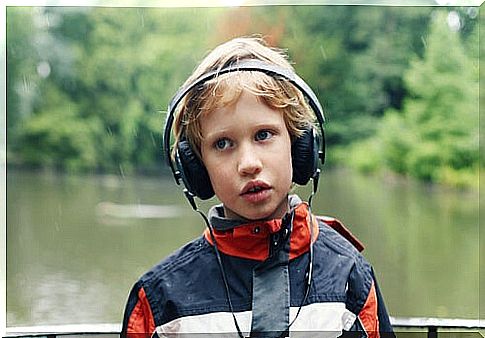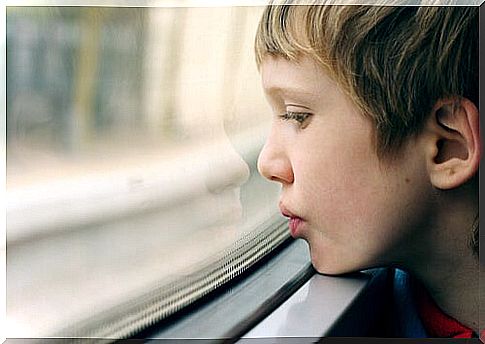Music Therapy In Autism Spectrum Disorder

Although music therapy intervention in autism spectrum disorder (ASD) is a very widespread practice, it has taken on special relevance in recent years. In fact, the results of the studies done to date show a positive effect on the disorder and leave an open door to further develop this field.
The ultimate goal of this therapy applied to ASD is not only to improve the quality of life of these people, but also to facilitate their adaptation to life in society. This is so because it improves the communication and social interaction deficiencies or difficulties that are characteristic of the disorder.

What is music therapy?
It is based on the premise that through musical practice for therapeutic purposes, both children and adults with ASD can be helped in an enjoyable and dynamic way. In fact, there is a Spanish Federation of Music Therapy Associations, which defines the meaning of music therapy on its web platform:
Communication and social deficits of ASD
Autism spectrum disorder is included within the pervasive developmental disorders, and is fundamentally characterized by two criteria:
- Deficits in social communication and social interaction.
- Repetitive and restricted patterns of behaviors, activities, and interests.
Of these two criteria, music therapy appears to be more effective in improving the first. In other words, music therapy in autism spectrum disorder is especially effective in reducing deficits in communication and social interaction. But what does this imply? The latest edition of the DSM-5 diagnostic manual describes three types of deficiencies related to:
- Socio-emotional reciprocity : they vary, for example, from an abnormal social approach and failure of normal conversation in both directions, through a decrease in shared interests, emotions or affections, to the failure to initiate or respond to social interactions.
- Non-verbal communicative behaviors used in social interaction : ranging, for example, from poorly integrated verbal and non-verbal communication, through abnormal eye contact and body language, or poor understanding and use of gestures, to a total lack facial expression and non-verbal communication.
- Development, maintenance and understanding of relationships : they vary, for example, from difficulties in adjusting behavior in various social contexts, through difficulties in sharing imaginative games or in making friends, to lack of interest in other people.
Music therapy in autism spectrum disorder
As a result of the practice in music therapy in autism spectrum disorder with children and adults, the main positive effects and benefits that have been found are (Jara & Barrio, 2015):
- Improved speech production and language understanding.
- Decrease and modification of vocal stereotypes through singing.
- Improvement of non-verbal and gestural communication skills.
- Word, spell and concept recognition and prewriting skills.
- Promotion of imitation.
- Increased respect, social reciprocity, joint attention, empathy, commitment and cooperation.
- Improved recognition of affective signals.
- Increased eye contact and spontaneous initiation of social interactions.
- Reduction of behaviors such as self-harm, aggressiveness or stereotyped behaviors.
- Increased flexibility, creativity and tolerance for change.
- Increased memorization and knowledge of sequences of events.

New challenges of music therapy in autism spectrum disorder
Music therapy is a useful and effective practice in the field of therapies. Its application helps to open communication channels with people with ASD.
Like all therapy, every activity proposed within the intervention has its motive or objective, and therefore the sessions must be carefully prepared.
Currently, there are programs that work not only with people on the autism spectrum, but also with their families. In addition, it is also being applied in the school environment, in specialized classrooms.
All this has a clear purpose: to achieve a comprehensive intervention that helps people with ASD to participate in society and improve their quality of life.









